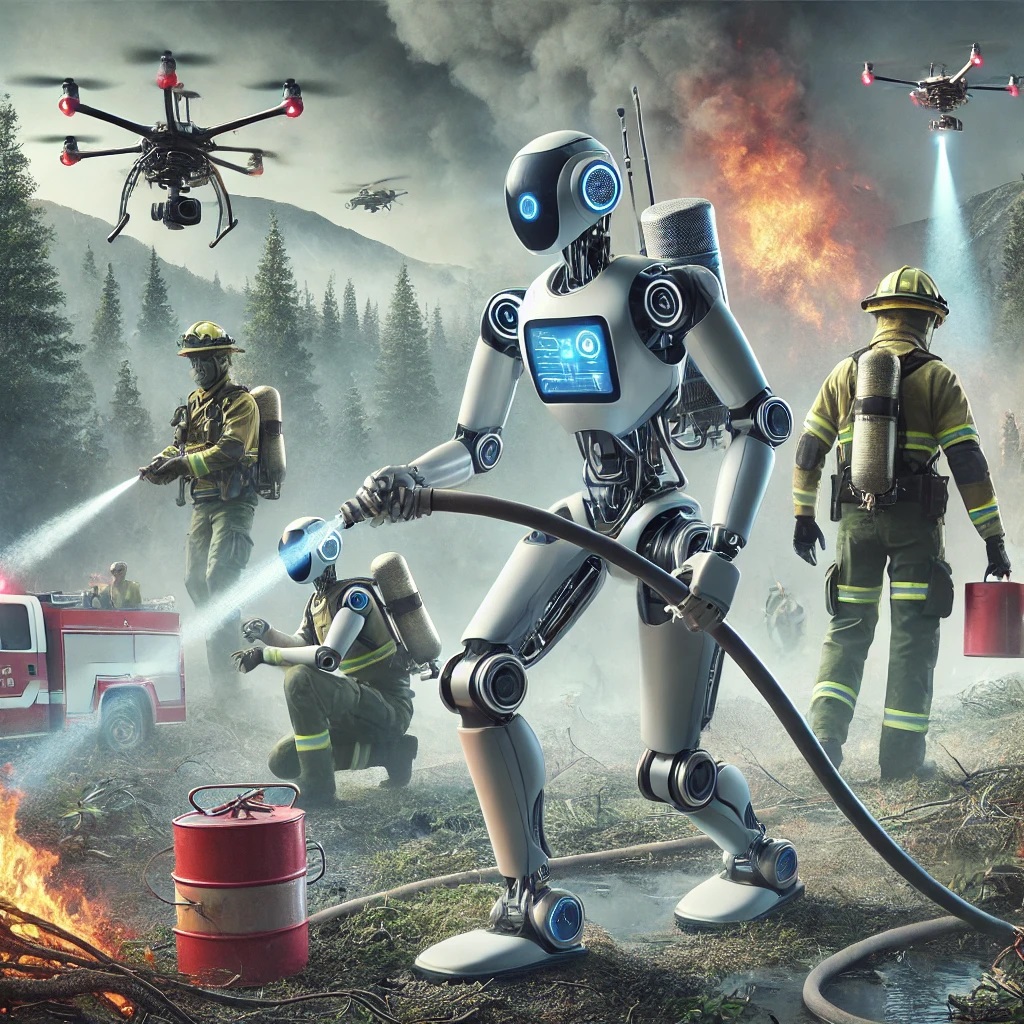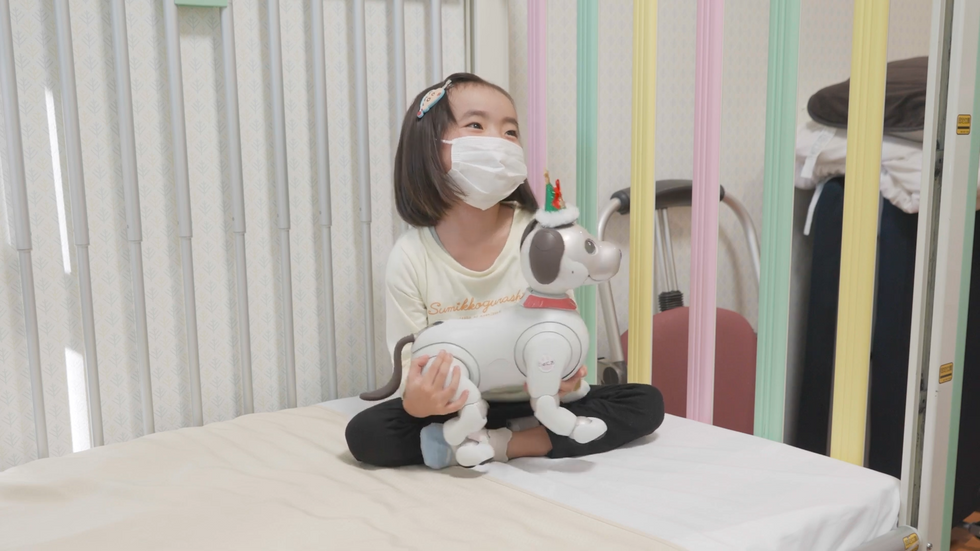Wildfires are an increasing global threat, and technology is playing a crucial role in combating them. Humanoid robots are at the forefront of this innovation, bringing advanced capabilities to wildfire management. In this part, we delve into how humanoids enhance human safety, optimize firefighting efforts, and contribute to better training and coordination.
(If you haven’t read Part 1, where we discuss humanoids’ role in search and rescue, fire suppression, and post-fire recovery, check it out here.)
Prioritizing Human Safety and Efficiency 🛡️💡
Risk Reduction for Firefighters:
Humanoid robots can take on the most dangerous tasks, such as entering areas with high temperatures, dense smoke, or toxic gases. This enables human firefighters to focus on strategic operations while minimizing their exposure to life-threatening conditions.Continuous Operation:
Unlike humans, robots don’t suffer from fatigue. They can work continuously in extreme conditions, ensuring uninterrupted efforts to contain and extinguish fires.
Advanced Features Revolutionizing Firefighting 🚒⚡
Artificial Intelligence (AI):
Equipped with AI, humanoids can make real-time decisions, such as identifying safe routes, monitoring fire behavior, and adapting to sudden changes in fire dynamics. This level of intelligence allows for precision and speed in firefighting efforts.Collaboration with Drones and Robots:
Humanoid robots can seamlessly integrate with drones and ground-based robots, forming an interconnected system that enhances the efficiency of firefighting operations. While drones monitor from above, humanoids tackle tasks on the ground, creating a synchronized response to wildfires.
Training and Simulation 🎓🤝
Humanoid robots are also valuable in training programs for firefighters. By simulating rescue scenarios, wildfire conditions, and dangerous operations, these robots help teams improve their response strategies in a controlled environment.
Challenges and Considerations ⚙️🔍
Technological Limitations:
Current humanoids face challenges such as limited battery life, mobility in rugged terrains, and resistance to extreme heat. These limitations must be addressed to ensure reliable performance during wildfire operations.Cost and Maintenance:
The development, deployment, and upkeep of humanoid robots require significant investment. Organizations must consider long-term costs for infrastructure and maintenance.Integration with Human Teams:
Seamless collaboration between humanoids and human firefighters is critical. This requires robust communication systems and effective training to ensure robots complement human efforts effectively.
Conclusion 🌍🌟
Humanoid robots are poised to transform wildfire management, offering innovative solutions that reduce risks, improve safety, and enhance firefighting efficiency. While challenges remain, advancements in technology and strategic planning will pave the way for their full integration into wildfire response systems.
For a comprehensive understanding of how humanoids are revolutionizing wildfire management, make sure to explore Part 1, where we discussed their roles in search and rescue, fire suppression, and post-fire recovery efforts.
Stay tuned for future installments, where we’ll dive into real-world applications and success stories of humanoid robots in action.
How useful was this post?
Click on a star to rate it!
Average rating 4.9 / 5. Vote count: 15
No votes so far! Be the first to rate this post.
We are sorry that this post was not useful for you!
Let us improve this post!
Tell us how we can improve this post?





